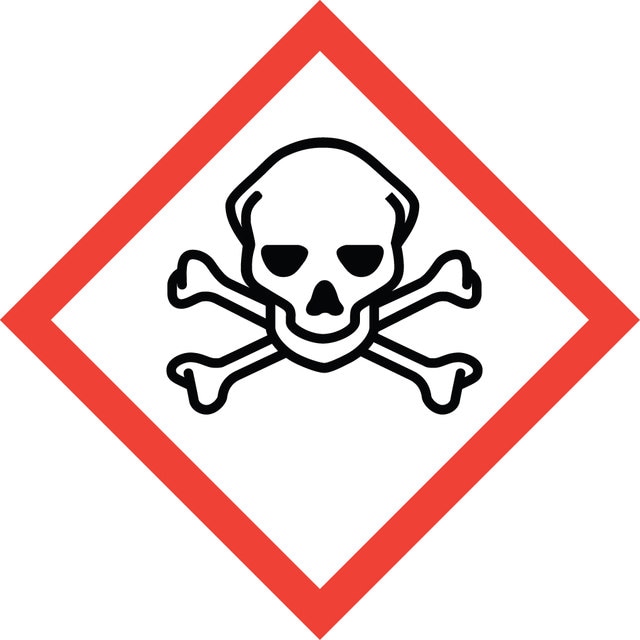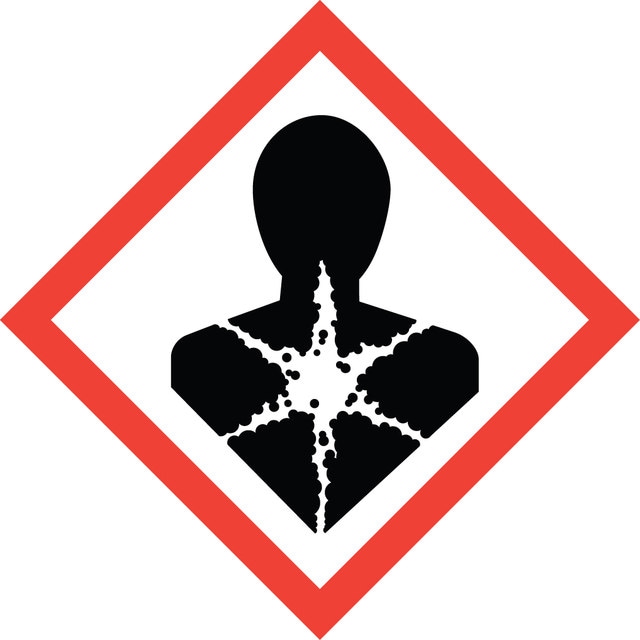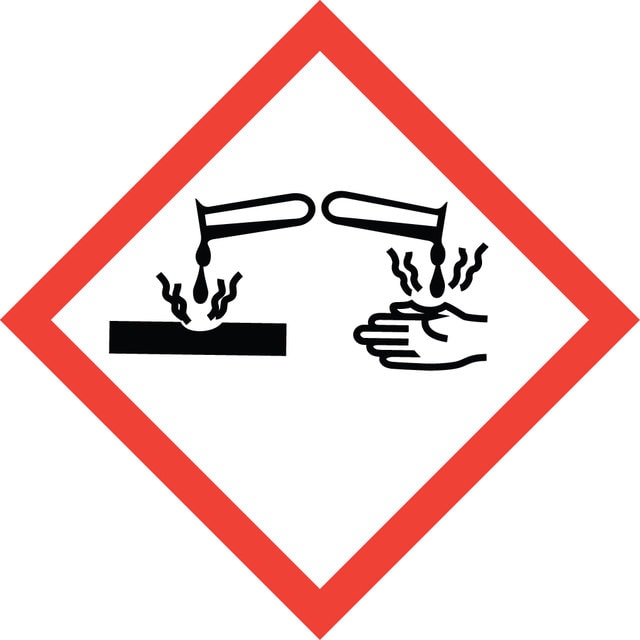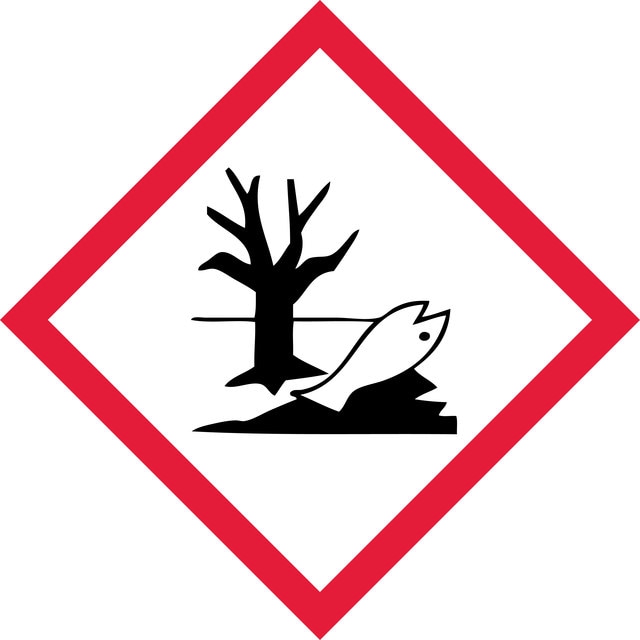This product is intended to simply maintain the integrity of the DNA and RNA during extraction and does not play a role in the disruption or digestion of the sample. Both, large and small nucleic acid molecules will be recovered. The primary factor in determining the size of the recovered nucleic acid fragments will be the method utilized to disrupt the cells or tissues.
Select a Size
$126.00
$424.00
$706.00
About This Item
Skip To
usage
mL sufficient for 107 cells
mL sufficient for 100 mg tissue (or)
storage temp.
2-8°C
Looking for similar products? Visit Product Comparison Guide
1 of 4
This Item | T3809 | T3934 | 93289 |
|---|---|---|---|
| usage mL sufficient for 107 cells | usage 0.75 mL sufficient for 0.25 mL blood derivatives | usage 0.75 mL sufficient for 0.25 mL fluid samples | usage mL sufficient for 107 cells, mL sufficient for 100 mg tissue |
| storage temp. 2-8°C | storage temp. - | storage temp. - | storage temp. - |
| Quality Level 200 | Quality Level 200 | Quality Level 100 | Quality Level 100 |
General description
Homogenization or lysis of the tissue sample in TRI reagent® dissolves RNA, DNA and protein. The addition of chloroform or 1-bromo-3-chloropropane followed by centrifugation results in the separation of the mixture into three phases: an aqueous phase containing the RNA, the interphase containing DNA, and an organic phase containing proteins. Each of the components can then be isolated after separating the phases.
Application
- in the isolation of total RNA from various tissue samples and cells [1][2][3][4]
- for the lysis of monocytes [5]
- to isolate cytoplasmic RNA from SARS-CoV infected Vero cells [6]
- to isolate total RNA from MDMs (monocyte-derived macrophages) infected with influenza A (H5N1) virus [7]
- to prepare a viral lysate of SARS-CoV culture for the creation of a clone encoding the S glycoprotein in the development of SARS-CoV vaccine [8]
The RNA, DNA and protein that are isolated using TRI reagent® can further be used for downstream applications, such as cloning, PCR, RT-PCR, Northern blots, mRNA isolation, in vitro translation, RNase protection assay, restriction enzyme digestion, Southern blots, SDS-PAGE and western blots.
Features and Benefits
Multi-purpose: TRI Reagent® performs well with large or small amounts of tissue or cells and works with many samples including human, plant, yeast, bacterial and viral samples.
Efficient: TRI reagent® gives better yields than traditional guanidine thiocyanate/cesium chloride methods. The whole process of RNA extraction starting with fresh tissue or cells can be completed in less than one hour.
- Easily scalable RNA isolation
- Works with many sources: human, plant, yeast, bacterial, or viral
- Better yields than traditional guanidine thiocyanate/cesium chloride methods
Legal Information
related product
Signal Word
Danger
Hazard Statements
Precautionary Statements
Hazard Classifications
Acute Tox. 3 Dermal - Acute Tox. 3 Inhalation - Acute Tox. 3 Oral - Aquatic Chronic 2 - Eye Dam. 1 - Muta. 2 - Skin Corr. 1B - STOT RE 2
Target Organs
Nervous system,Kidney,Liver,Skin
Supplementary Hazards
Storage Class Code
6.1A - Combustible acute toxic Cat. 1 and 2 / very toxic hazardous materials
WGK
WGK 2
Flash Point(F)
174.2 °F - closed cup
Flash Point(C)
79 °C - closed cup
Choose from one of the most recent versions:
Already Own This Product?
Find documentation for the products that you have recently purchased in the Document Library.
Articles
Simple DNA/RNA purification methods aid genome analysis from various sources, enhancing research efficiency.
Protocols
Learn Northern and Southern blotting basics, with protocols and applications for macromolecule transfer to membrane supports.
Procedure and protocol for Anti Ago-RNA Immunoprecipitation from mammalian cells using the RIP kit
TRI Reagent enables simultaneous DNA, RNA, and protein isolation with sample prep guidelines and troubleshooting.
Related Content
Les méthodes de lyse cellulaire et d'extraction des protéines couvrent diverses techniques, de la solubilisation par détergent à la disruption mécanique, afin de répondre aux besoins de la recherche.
Cell lysis and protein extraction methods overview various techniques, from detergent solubilization to mechanical disruption, supporting research needs.
-
what is the size(kb) of the trizol extracted DNA?
1 answer-
Helpful?
-
-
Using trizol in isolation gDNA from nuclei (from plant). After extracting nuclei, pellet(nuclei) is dissolved in 1.6-6.4mL TE buffer and incubated with SDS and Proteinase K. Next is trizol, what is the ratio of trizol to add to this liquid sample?
1 answer-
As mentioned in the product bulletin, "the volume of the tissue should not exceed 10% of the volume of the TRI Reagent." For a sample volume range of 1.6 ml to 6.4 ml, you would need to add a minimum of 16 ml to 64 ml of Tri Reagent.
Please see the link below for more information: https://www.sigmaaldrich.com/deepweb/assets/sigmaaldrich/product/documents/294/543/t9424bulletin.pdfHelpful?
-
-
Does trizol have SDS in it?
1 answer-
As mentioned in the 'DESCRIPTION' section under 'General Description', TRI reagent® is a mixture of guanidine thiocyanate and phenol in a monophasic solution. This product does not contain SDS.
Helpful?
-
-
How long can samples be stored in TRI Reagent at -80°C?
1 answer-
Prior to phase separation, TRI Reagent-treated tissue extracts can be stored at -80 °C for years without demonstrable negative effects on
recovered RNA quality or quantity. Although salt precipitation following freezing has not been observed, the investigator must make sure that any
salts that may precipitate from the solution during the freeze-thaw cycle are resolubilized before using proceeding.See the link below to review the product datasheet, including protocols:
https://www.sigmaaldrich.com/deepweb/assets/sigmaaldrich/product/documents/294/543/t9424bulletin.pdfHelpful?
-
-
What is the expiration date for Product T9424, Tri Reagent™?
1 answer-
The expiration date for T9424 has not been established. However, based on our storage guidelines, it should be usable for 1 year from the date of receipt.
Helpful?
-
-
What is the Department of Transportation shipping information for this product?
1 answer-
Transportation information can be found in Section 14 of the product's (M)SDS.To access the shipping information for this material, use the link on the product detail page for the product.
Helpful?
-
-
If I add a volume of Product T9424, Tri Reagent™, different from 1 ml, how much chloroform and isopropanol should I add?
1 answer-
What is important is to keep the ratio the same. For example, we recommend adding 200 μL of chloroform and 500 μL of isopropanol when using 1 ml of Tri Reagent. Therefore, 100 μL of chloroform and 250 μL of isopropanol would be added if using 500 μL of Tri Reagent. Similarly, 300 μL of chloroform and 750 μL of isopropanol would be added to if using 1.5 ml of Tri Reagent.
Helpful?
-
-
Can I use T9424 Tri Reagent™ for blood samples?
1 answer-
No, we recommend using T3809 Tri Reagent BD for work in blood samples.
Helpful?
-
-
My cells are plated on polystyrene culture plates. How do I use Product T9424, TRI Reagent in this application?
1 answer-
We recommend harvesting the cells in PBS with a rubber policeman/cell scraper, transfer to an eppendorf tube, and proceed with the RNA isolation by removing the PBS from the cell pellet and re-suspending the pellet in the Tri Reagent.
Helpful?
-
-
Which chloroform and isopropanol do you recommend to be used with T9424, Tri Reagent™?
1 answer-
For chloroform and isopropanol we recommend C2432 and I9616, respectively.
Helpful?
-
Active Filters
Our team of scientists has experience in all areas of research including Life Science, Material Science, Chemical Synthesis, Chromatography, Analytical and many others.
Contact Technical Service






